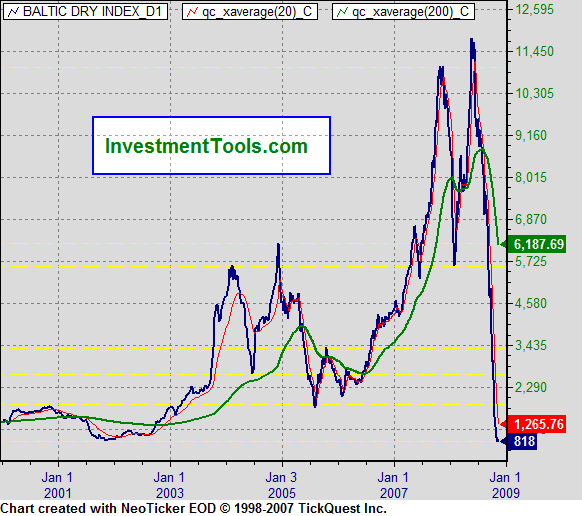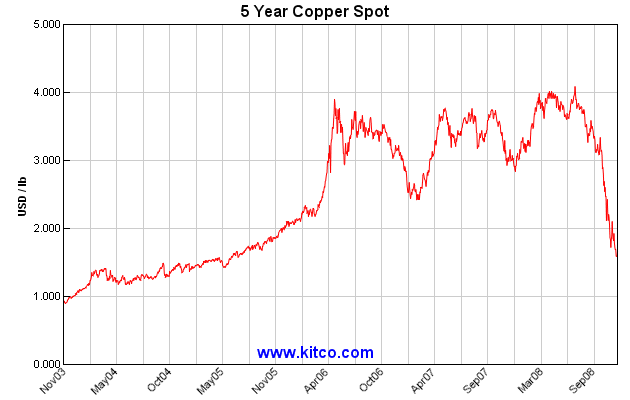The sauerkraut was put into the crocks on Oct. 29, and the first tasting was yesterday, Dec. 3, when my mother and brother were here for lunch. At that point the sauerkraut was a little less than five weeks old. I would say that it is good sauerkraut, but not the best I’ve ever tasted. The flavor was a bit too mild, and the cabbage is a bit too tender.
As for the mildness of the flavor, I believe that will take care of itself. The fermentation process will continue, and the flavor should get stronger as the winter progresses. Also, the basement of my unfinished house, where the crocks are, has been pretty cold, so the kraut is probably fermenting fairly slowly.
As for the texture, I need to do more research on this. But at least one sauerkraut article on the Web says that this has to do with the amount of salt used. Salt may inhibit the enzyme that tenderizes the sauerkraut, so there may be a tradeoff between saltiness and crunchiness. If that’s the case, next time I make kraut I will raise the salt content by .001 percent or so and try to see if there’s a just-right balance between not-too-salty and not-too-soft.
Then again, making sauerkraut at home, like making wine, is not a repeatable process. Every vintage will be different. Maybe someday I will say that the sauerkraut of ’08 was delicate and modest, reminiscent of boiled cabbage, with hints of turnip and an aftertaste of applesauce. Whereas the sauerkraut of ’09 was sassy and crisp, with the faintest aroma of wild onion and rutabaga.
Odd, isn’t it, how winemaking and sauerkraut-making are, as domestic arts, close cousins. And yet society sees one as refined and the other as coarse. But who cares what society thinks. One needs to preserve the summer’s harvest and eat and drink during the winter. Let the record also show that both arts — winemaking and sauerkraut-making — were practiced on the family farm on which my mother grew up in Yadkin County. The Yadkin Valley is now a viticultural region, so, with wine, my mother’s family was ahead of its time. As for the sauerkraut, we’ll keep plugging away.


